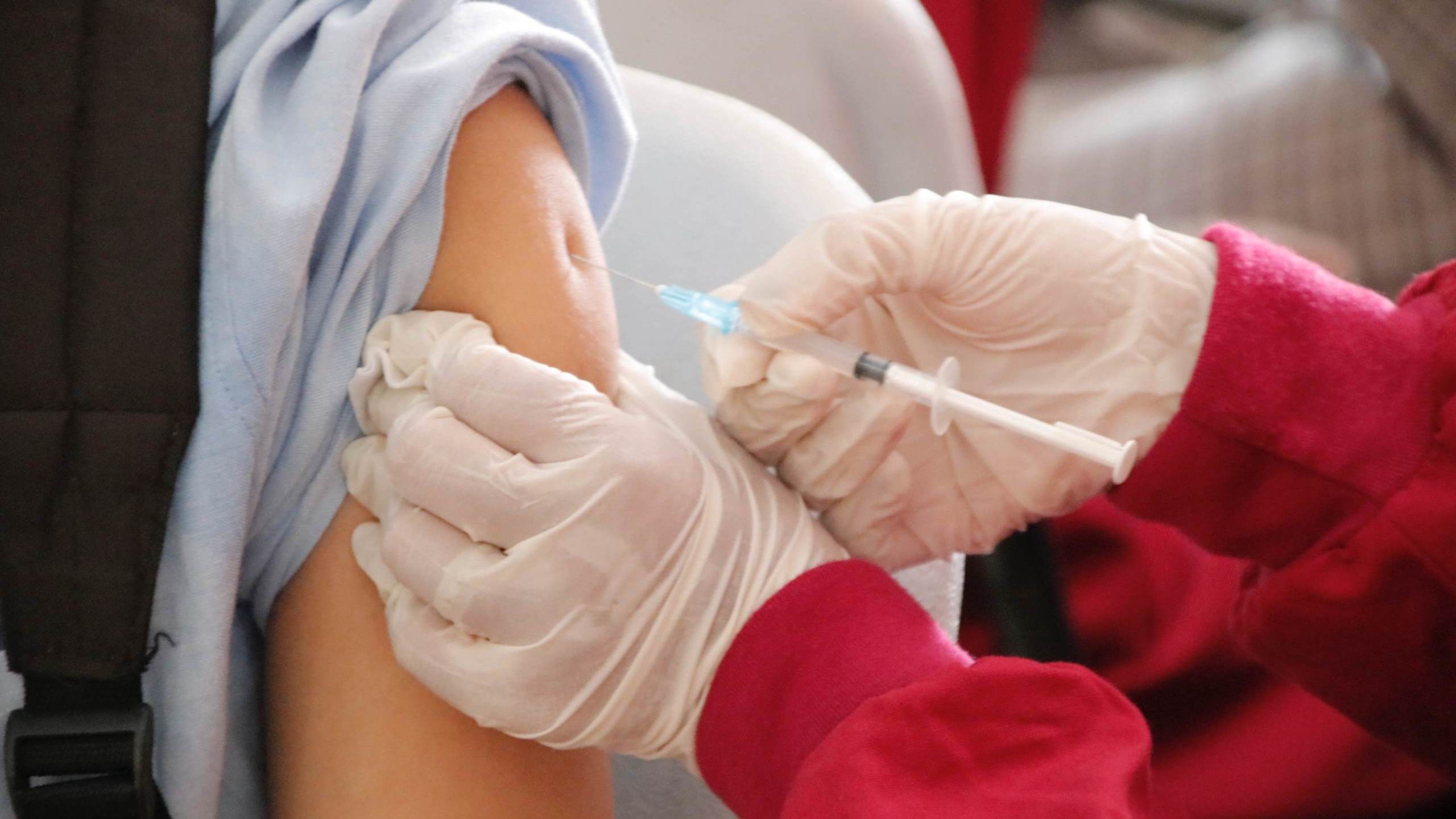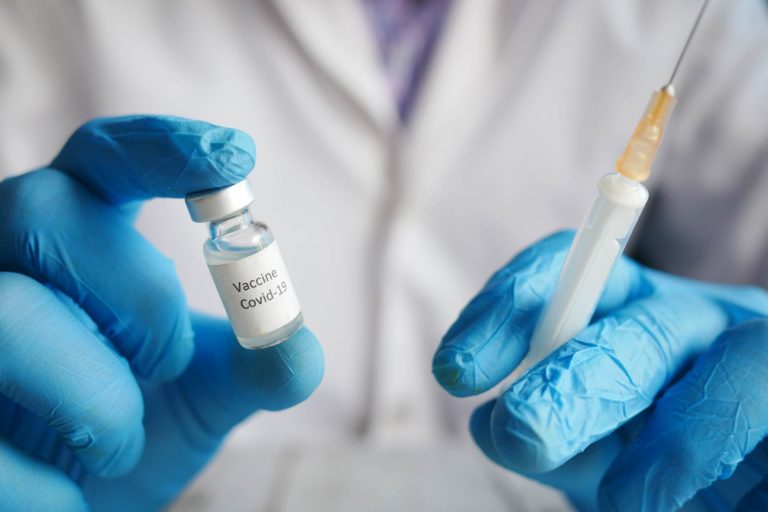Scientists Currently Developing Controversial “Contagious Vaccines” That Can Spread From Vaccinated to Unvaccinated

But others argue that the viruses used in these vaccines could themselves mutate, jump species, or set off a chain reaction with devastating effects across entire ecosystems.
“Once you set something engineered and self-transmissible out into nature, you don’t know what happens to it and where it will go,” says Jonas Sandbrink, a biosecurity researcher at the University of Oxford’s Future of Humanity Institute. “Even if you just start by setting it out into animal populations, part of the genetic elements might find their way back into humans.”
Vaccines in progress
Renewed interest and funding for the technology popped up around 2016, and today several research groups are developing self-spreading vaccines for animals.
Each of these new vaccines are so-called recombinant viruses. Researchers first identify a protein from the target microbe that serves as an antigen—a substance that triggers immune responses in vaccinated people or animals. Then the researchers select a virus to carry the vaccine and spread it. To do this, researchers capture a few animals from their target population—primates for Ebola, rats for Lassa fever—and isolate a virus that naturally infects those animals. Then they splice in genetic material from the target to create a vaccine.
Each of these vaccines uses a cytomegalovirus, or CMVs, a group that belongs to the herpes family.
CMVs help the researchers overcome several technical challenges. For one, CMVs have large genomes made from double-stranded DNA, which means their genetic code is more stable and can accommodate additional genes from the targeted microbe, says Alec Redwood, a principal research fellow at the University of Western Australia. He conducted self-spreading vaccine research in the early 2000s and is now part of a team developing a CMV-based Lassa fever vaccine.
So far, no one has conducted any field or laboratory studies assessing the impact and safety of these vaccines delivered via the self-spreading mechanism. However, a recent mathematical modelling study reported that if it works as expected, releasing the Lassa fever vaccine could reduce disease transmission among rodents by 95 percent in less than a year.
Read the full story here.






